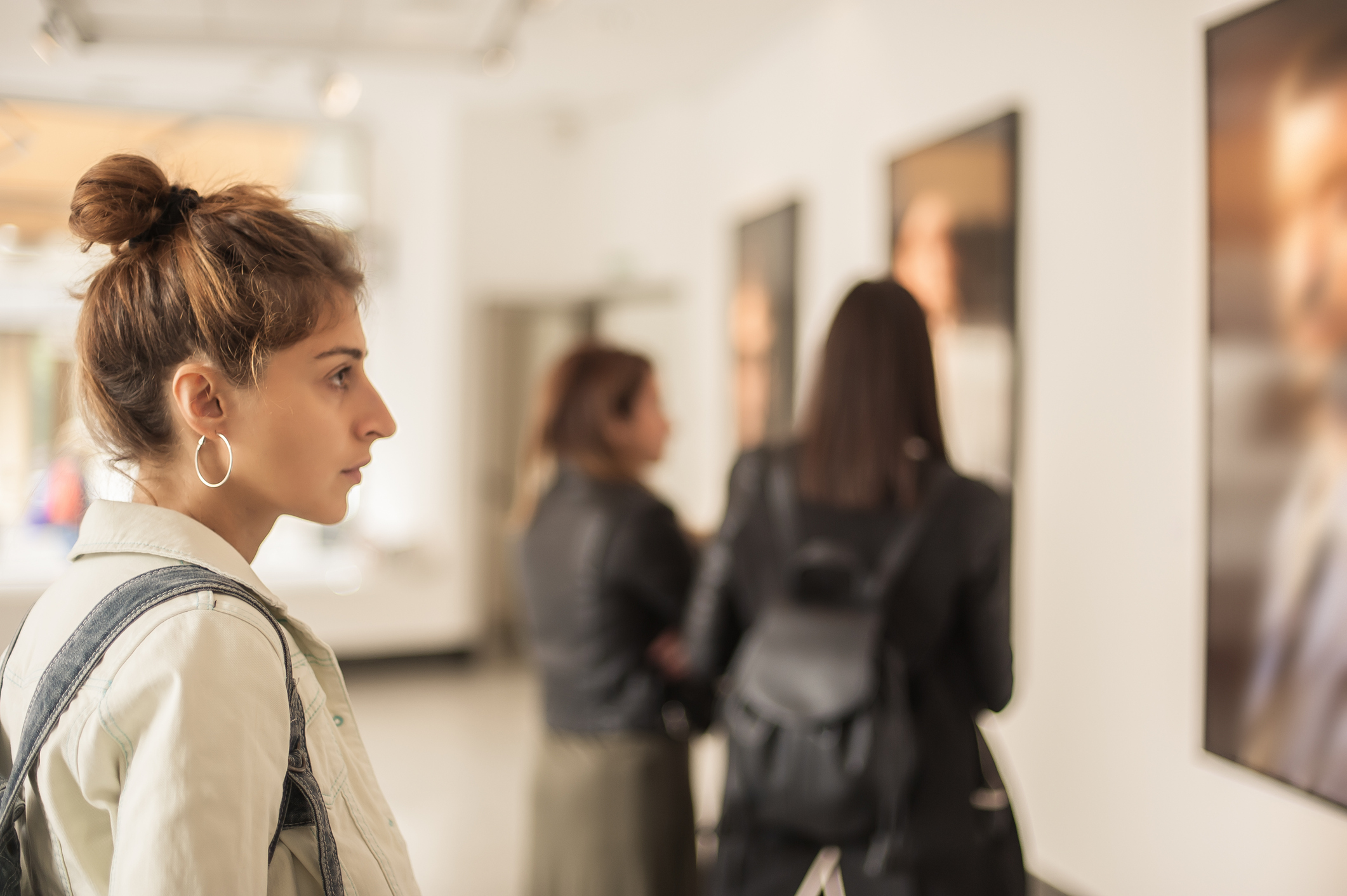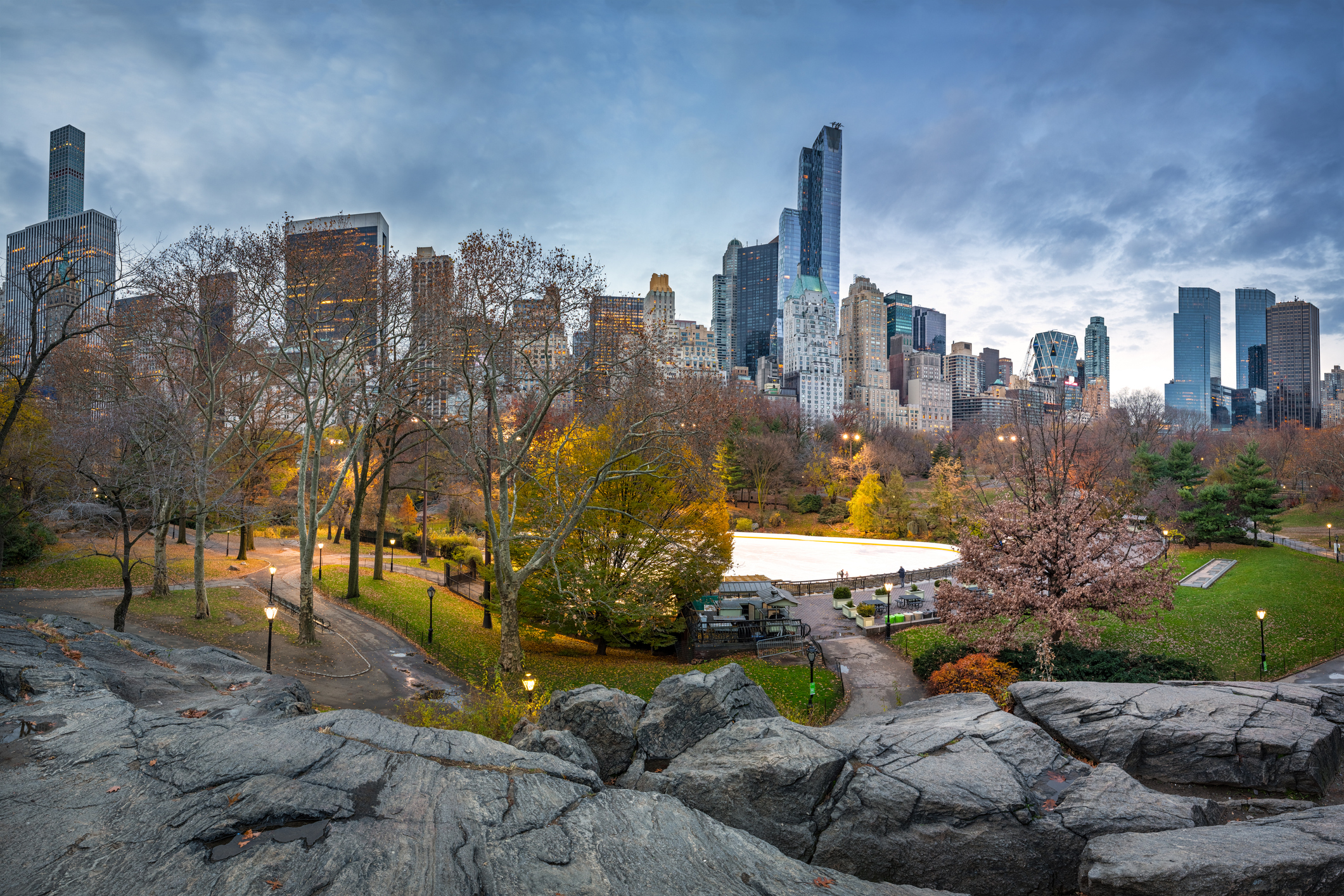Engaging, Exploring, and Thinking Locally
A key component of Barnard’s innovative Foundations curriculum is Thinking Locally, a selection of place-based courses that take full advantage of New York City’s diverse resources. Barnard’s faculty has teamed up with local curators, archivists, scientists, and digital innovators to design classes that take full advantage of NYC’s resources and empower you to use everything that it has to offer, whether you’re diving into the archives at the Museum of Natural History, engaging in a movement workshop, or exploring the rapidly evolving story of Harlem. Along the way, you’ll tap into the expertise of leading institutions, learning from people who are the best in their fields.
Harlem Speaks
One of the highlights of place-based learning at Barnard is the Harlem Semester, which immerses participants in one of New York City’s most historically complex and culturally vital neighborhoods. We partnered with leading Harlem-based institutions to design a hands-on, multidisciplinary curriculum that critically examines Harlem as an intensively peopled place, alive today.





